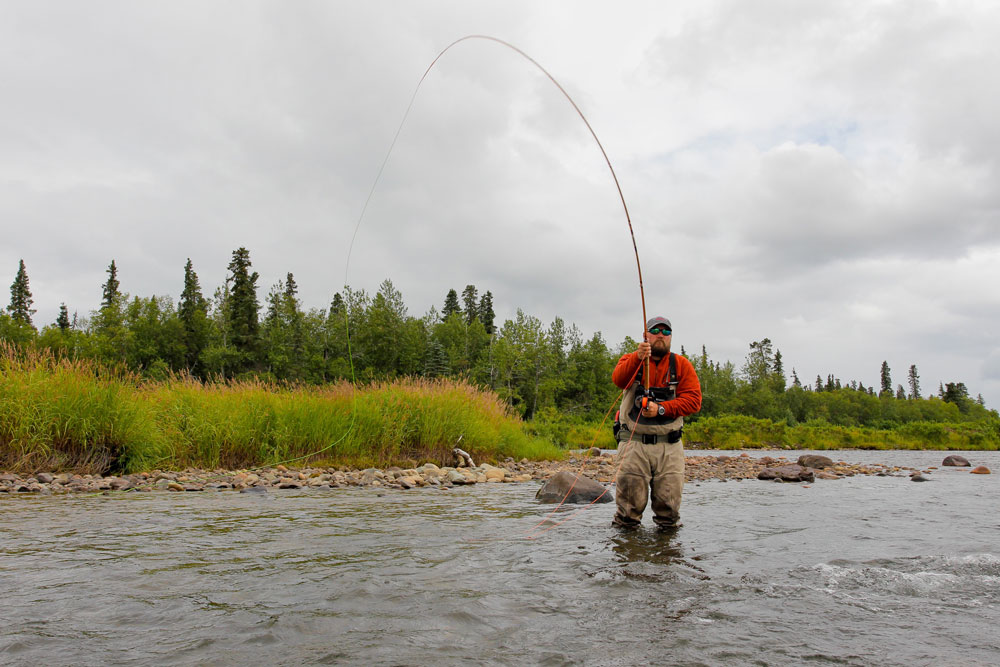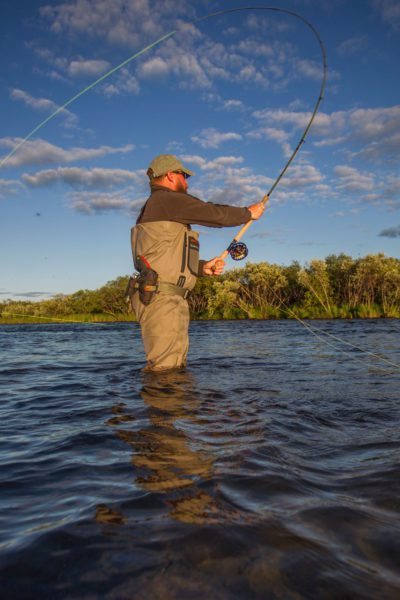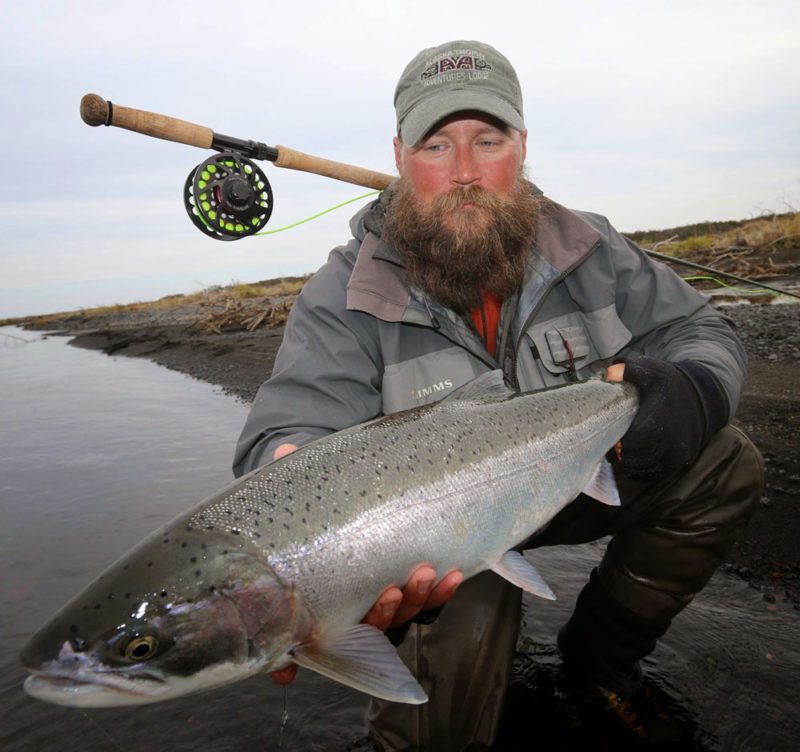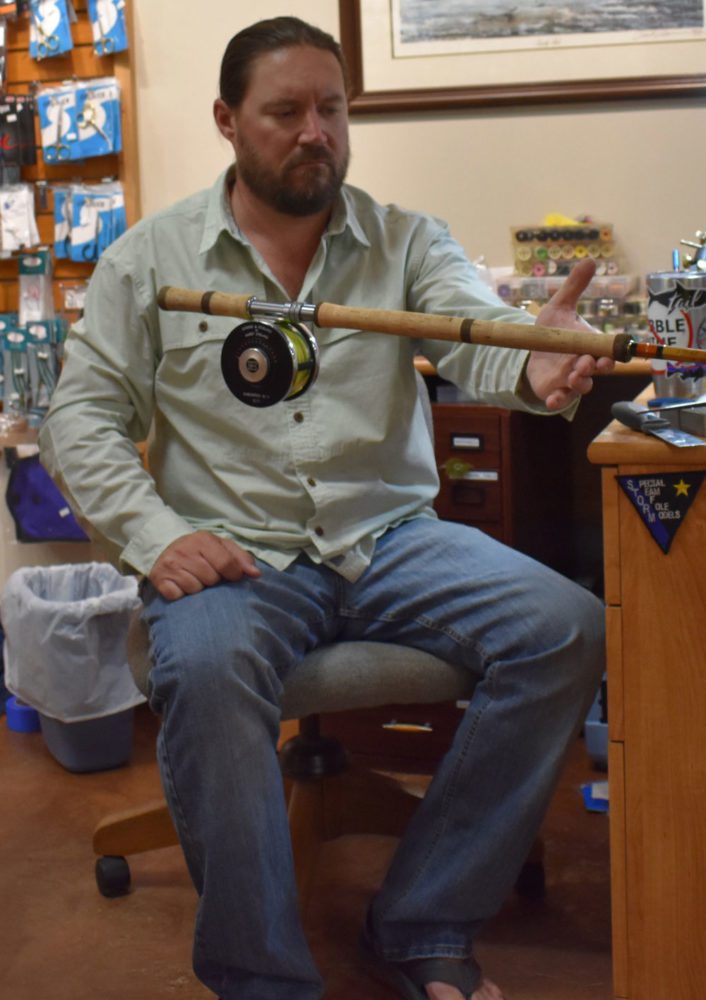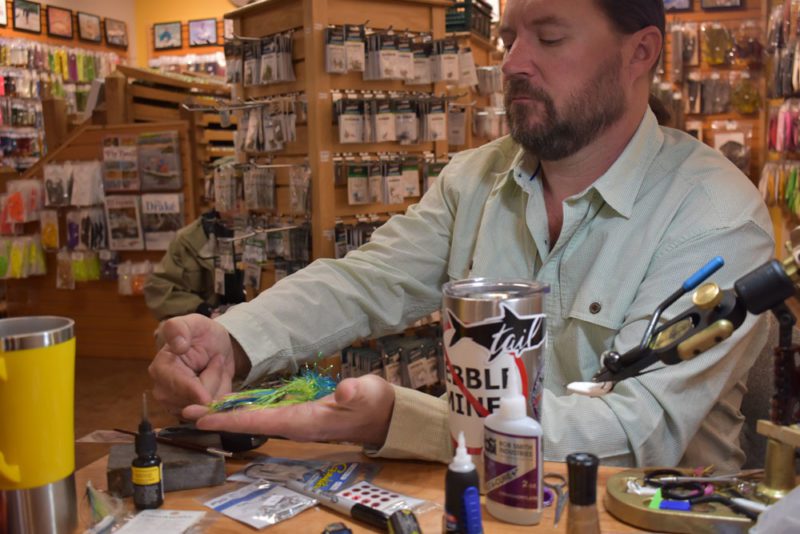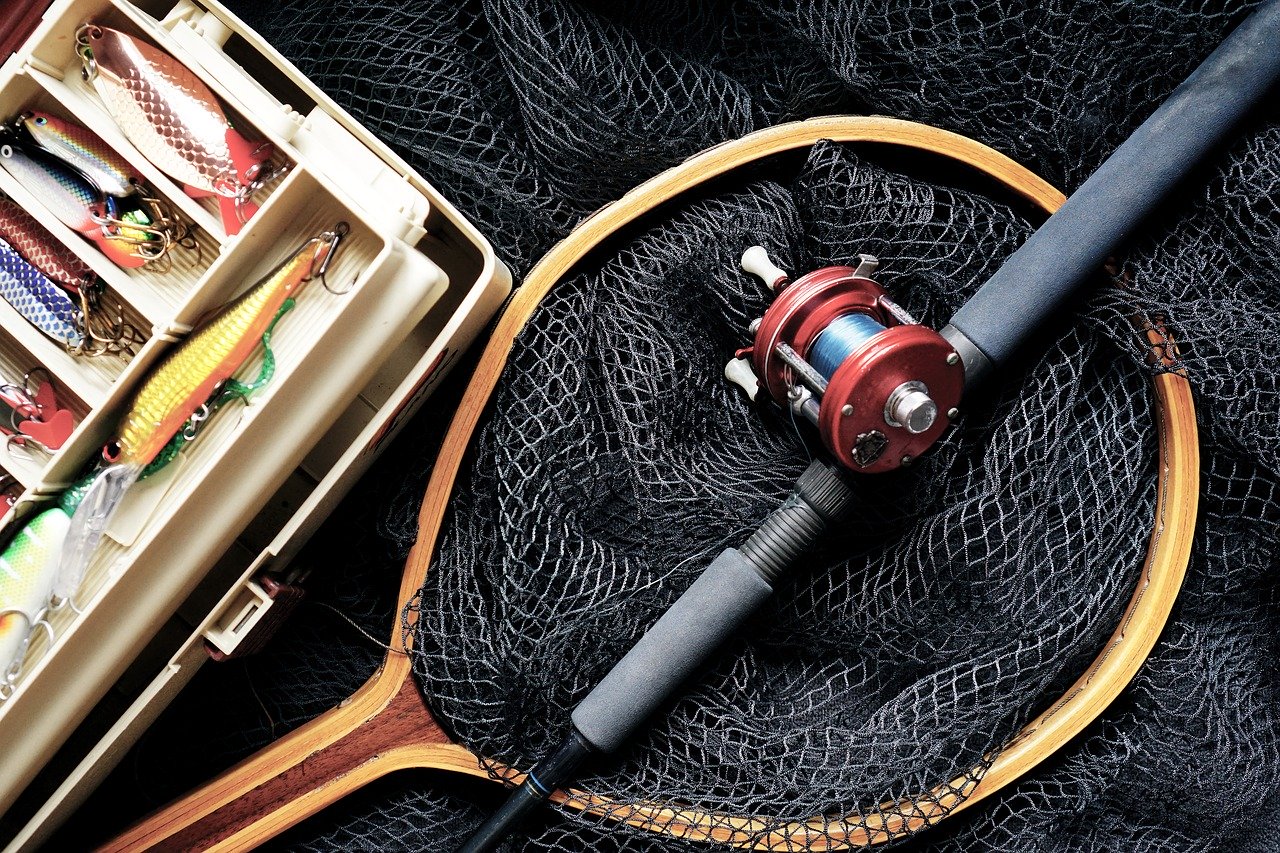Spey casting is not the answer to every fishing situation, but it is an invaluable skill. Here is your guide to the best Spey casting locations from a master Spey caster.
Spey casting is most associated with fly fishing destinations exotic to most of us – places like the Argentina, Russia and Scandinavia – so, when I learned about guide Chad Bryson’s Spey school on the Chattahoochee River outside Atlanta, I called him to learn the correlation between Spey casting and the Georgia hills.
Why practice Spey casting?
“Spey is not an answer to every fishing situation,” says Bryson, “but it is an invaluable skill.” Many of his students are anglers of various skill levels on their way to far-flung corners of the world, and the “Hooch” is wide enough to serve as an ideal classroom.
“All these destinations my students are headed to have big rivers with anadromous fish,” says Bryson. “Using Spey equipment is without a doubt the most effective way to target these migrating fish.”
How did Spey casting get its start?
It was an old shoulder injury, earned in a bar fight when he was 19, that turned him onto the two-handed Spey casting. He found he could cast a longer and heavier line with a Spey rod than a traditional rod, and he soon began to focus on Spey almost exclusively.
A native of Georgia, Bryson divides his time as a guide between Atlanta and Bristol Bay, Alaska. He’s an ambassador for the technique, which he says has many origin stories, but his favorite involves the peasants on Scotland’s River Spey. Needing to cast into the deepest waters to reach the biggest fish, the longer cast allowed them to reach their target without trespassing on landowners’ properties.
Today, bamboo Spey rods are less common than graphite, and are heavier, more expensive, and slower. But, says Bryson, “they are fun.” They are also beautiful, as exemplified in the work of Brian Stout, who crafts them at Stout Bamboo Rod Works in Walnut Grove, Georgia.
Flies and Rods for Spey Casting
Bryson showed me a rod he’d recently purchased from Stout. It was encouraging to be reminded that simple things often have the most sophisticated purposes. The flies are different, too. Bryson often designs his own and then sends them offshore for production. Most often tube flies, Spey flies are also less harmful to a fish – especially important for catch and release. Designed to make the fly move without the angler’s manipulation beyond mending, the hook rests in the back of the fly where it is more likely to hook on the outside of the mouth rather than in it.
Once you’ve graduated Spey school, where can you go to employ your new skill? Bryson offers his favorite destinations. “An anadromous fish is a fish on mission,” says Bryson. In that case, so are we.
Capt. Chad Bryson’s Top Five Spey Destinations
Bristol Bay, Alaska
Dubbed “the salmon factory of the world,” Bristol Bay is home to the mild current of the wide Alagnak River where silvers, chum, and pink salmon migrate from salt water on the tides, making an ideal application for Spey. The region also supports seven species of fresh water fish, including rainbow trout and northern pike.
Kamchatka, Russia
Not long ago, this remote pocket of Russia was only a dream, and in many ways it is still fly-fishing’s best kept secret. Now, Russian outfitters welcome partnerships with US and European based agencies to foster a burgeoning industry and make the dream more accessible.
Kola Peninsula, Russia
Russia’s Kola Peninsula boasts eight major salmon rivers – including the Kola itself – each with unique Atlantic salmon run times, and sizes, within a small stretch of land. The Kola is a trophy river while its sister rivers offer unique challenges and landscape experiences. The season runs May to October.
Mongolia
“Mongolian taimen, another salmonid, do not migrate to the ocean like their cousins, but migrate to spawn and hunt within the huge rivers in Mongolia,” says Bryson. As if catching one of these stunning giant trout weren’t enough, the Delger River is surrounded by a stunning landscape reminiscent of the American West.
Tierra Del Fuego, Argentina
Meaning “Land of Fire” in Spanish, this archipelago is where you’ll find sea run brown trout heading to the Rio Gallegos and Rio Grande. The season runs just 12 weeks each year with limited access.
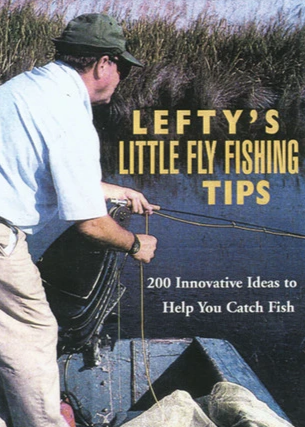 Whether your fly fishing takes you to freshwater trout streams and bass lakes; to the Northeast salt for striped bass and bluefish; or to the tropics for bonefish, tarpon, jacks and redfish, you will find much of value in Lefty’s Little Fly-Fishing Tips, a distillation of a fly-fishing master’s more than five decades plying the waters of the world with fly rod in hand. Advanced and beginning fly anglers alike will benefit from the wisdom born of Lefty’s long experience.
Whether your fly fishing takes you to freshwater trout streams and bass lakes; to the Northeast salt for striped bass and bluefish; or to the tropics for bonefish, tarpon, jacks and redfish, you will find much of value in Lefty’s Little Fly-Fishing Tips, a distillation of a fly-fishing master’s more than five decades plying the waters of the world with fly rod in hand. Advanced and beginning fly anglers alike will benefit from the wisdom born of Lefty’s long experience.
Learn how to: Use a partner to find fish and cast quickly and accurately; improve your chances of catching larger fish of any species; simultaneously retrieve a fly and strip line from the reel; rescue a fly that’s stuck on a log; cast easily in tight quarters; organize and maintain your tackle for optimum convenience and performance and much more. This beautiful and practical book is a must for any serious fly fisher, beginner or expert. Buy Now

